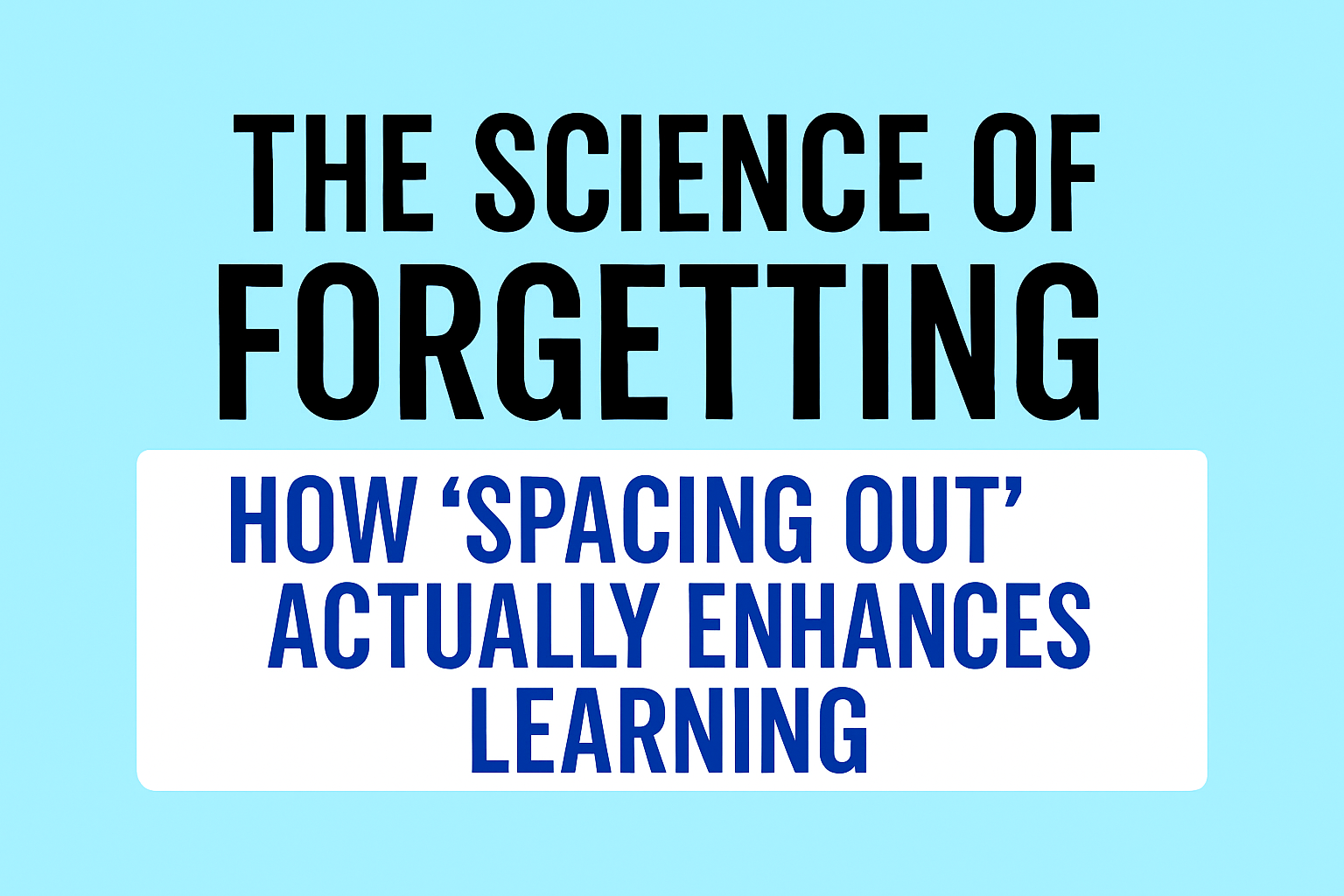

When you sit down to study, forgetting what you just read can feel like the enemy. You re-read the same line, review the same concept, and it still seems it’s slipping away. What if forgetting isn’t a bug, but a feature? Neuroscience suggests that forgetting—and the act of ‘spacing out—may be one of your brain’s most effective tools for learning.
Why We Forget
Our brains are not made to store every new piece of information indefinitely. In reality, memory works as a filter: it holds onto what is useful and discards what’s not. Psychologist Hermann Ebbinghaus, well-known for his ‘forgetting curve,’ was one of the first to show that our brains were capable of severe memory decay— close to 70% of what we learn will be lost within 24 hours after we learn it, and that is without a follow-up. This sounds disheartening at first, but when considering forgetting as an opportunity, it becomes tremendously encouraging!
Forgetting creates extra work for our brains to pull up the information, and that work strengthens the memory trace, making it more stable. Think about it like a muscle: it’s the strain that makes us stronger.
The Power of Spaced Study
Enter spaced study—the research-backed learning strategy where you review information spaced out over time, rather than crammed into a single session. Research indicates, when we permit ourselves to forget just enough before reviewing the material, the relearning requires a refreshing of the memory, solidifying it much more than if we had never forgotten it. This is why ‘spacing out’ and even breaks during study periods are not time wasted. These breaks are a conscious part of how memory consolidation works. Sleep, rest, and even mind-wandering allow the brain to reorganize and strengthen its neural connections.
Forgetting as a Learning Enemy
Here are a few ways forgetting creates learning, rather than destroying it:
Using Forgetting to Learn Better